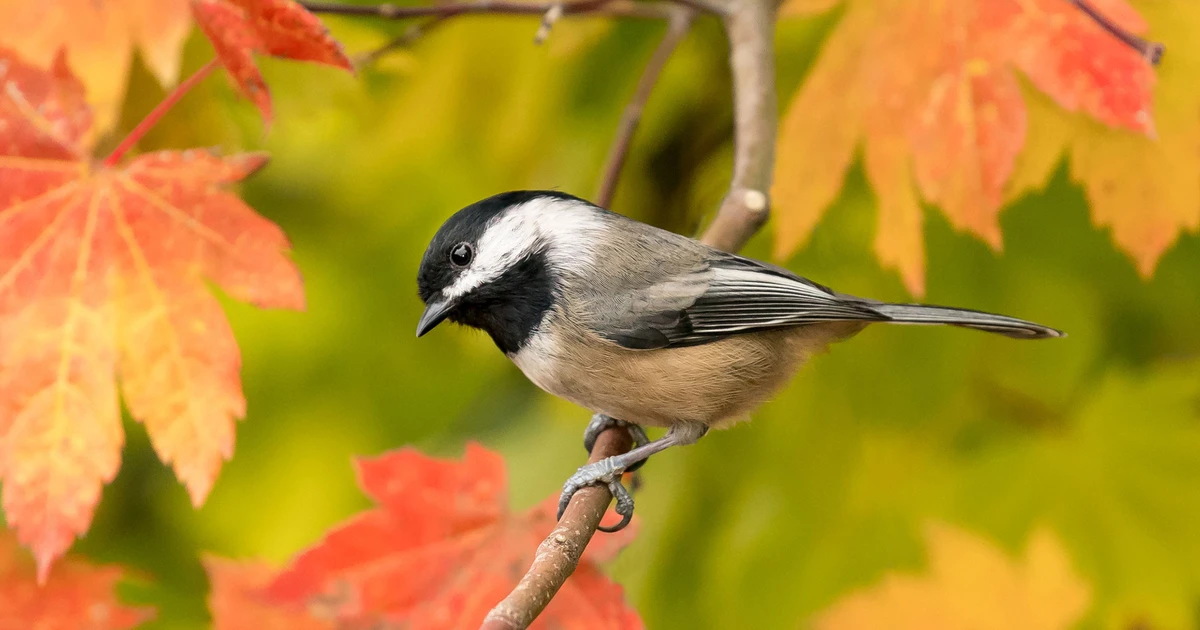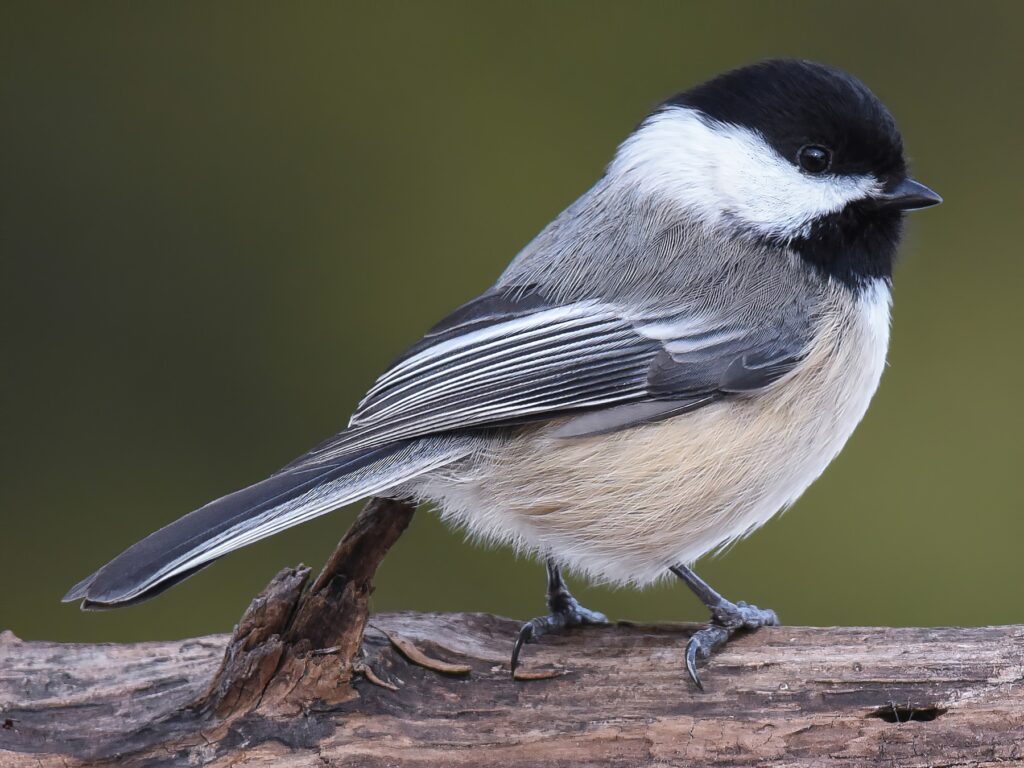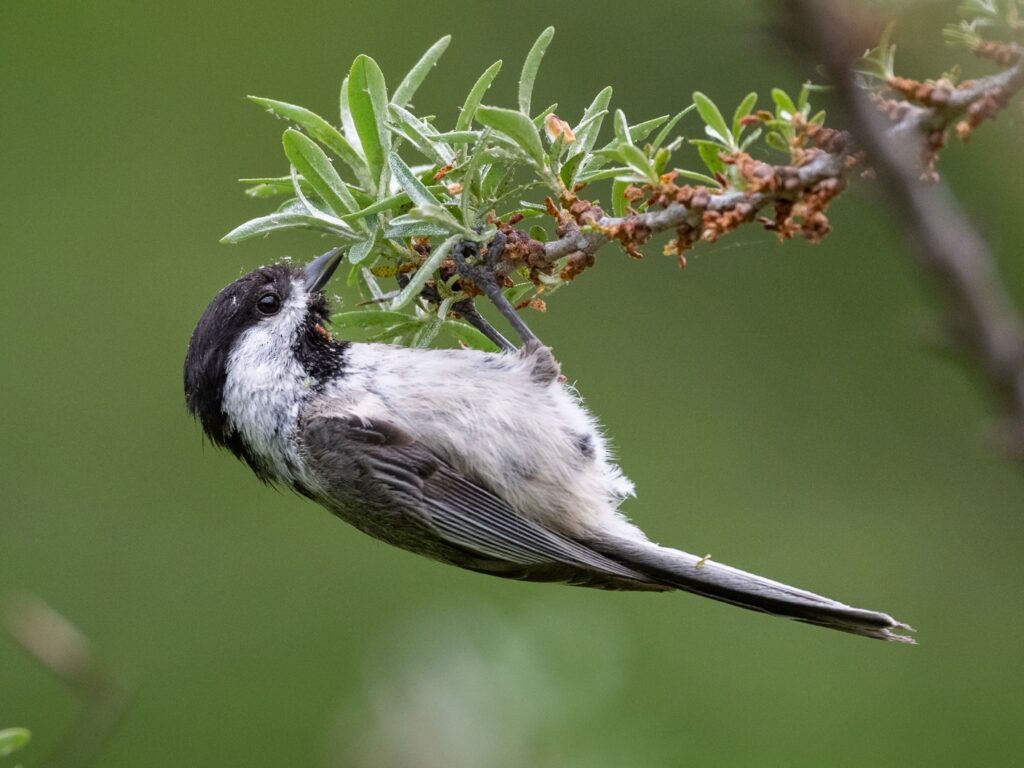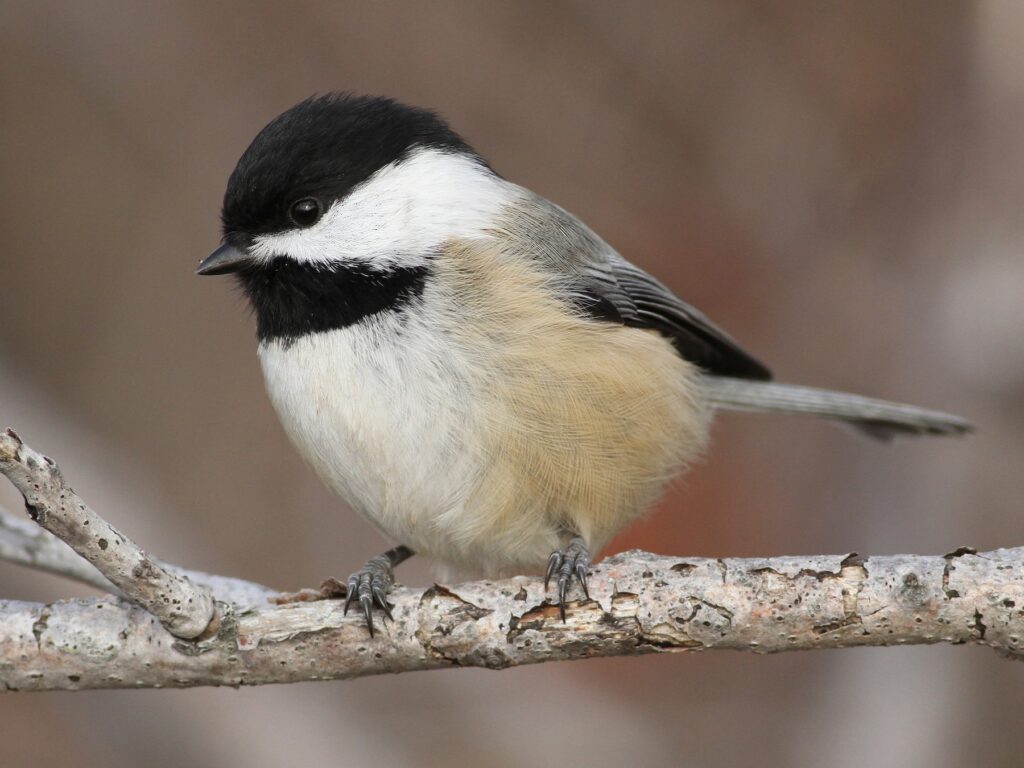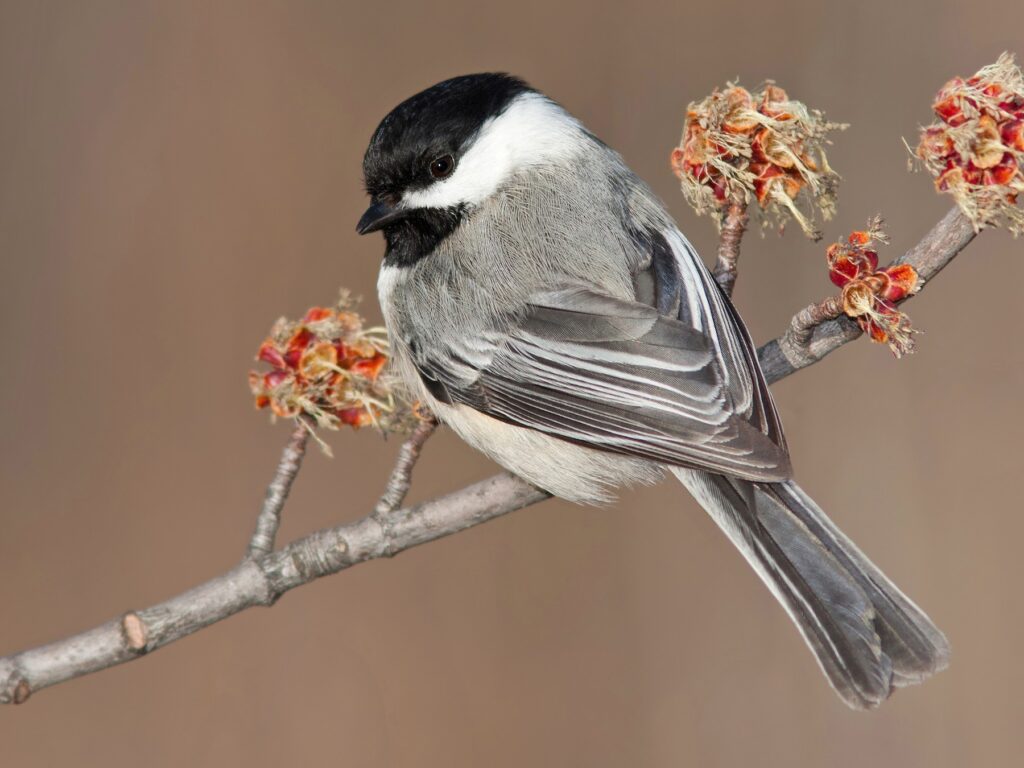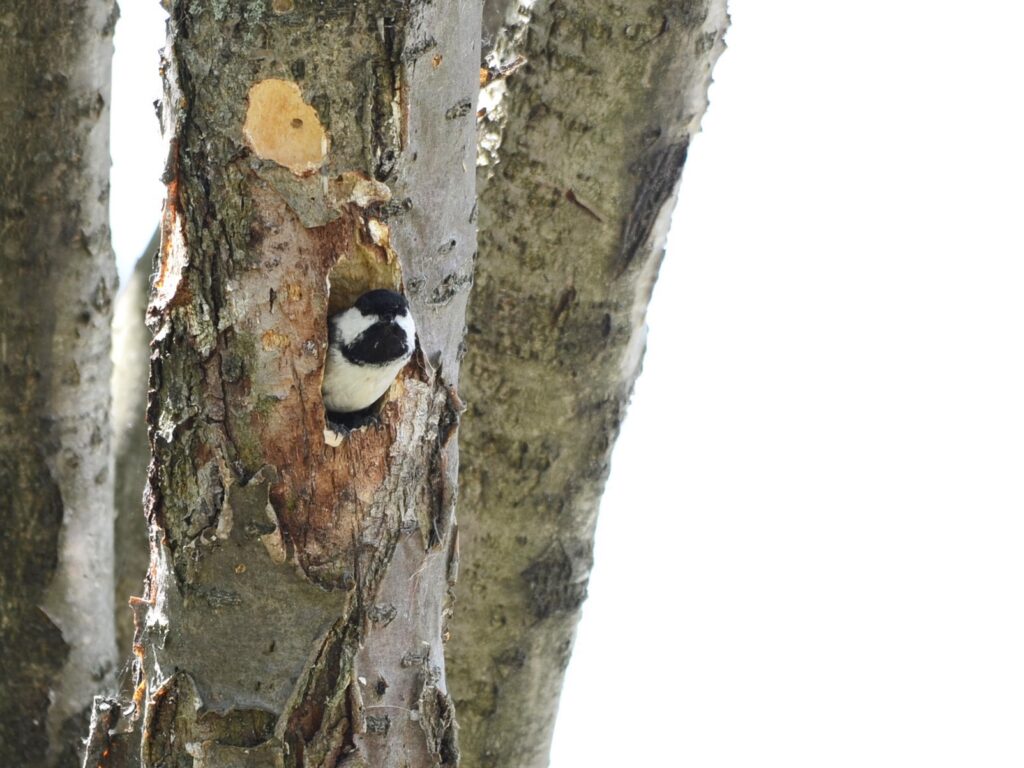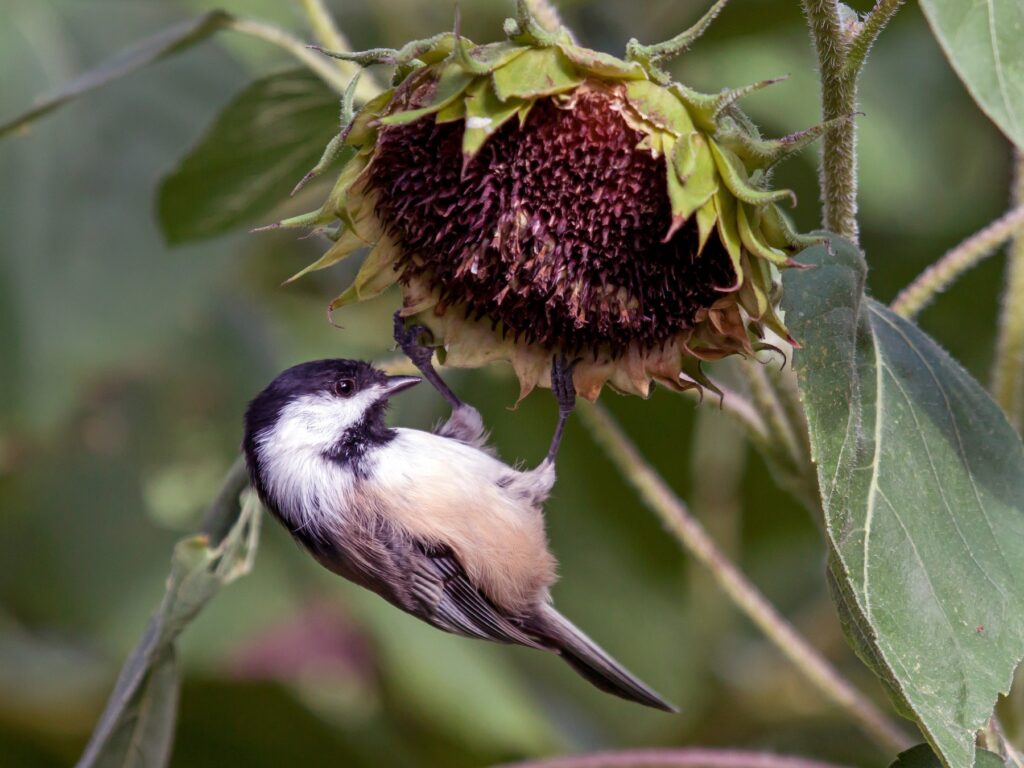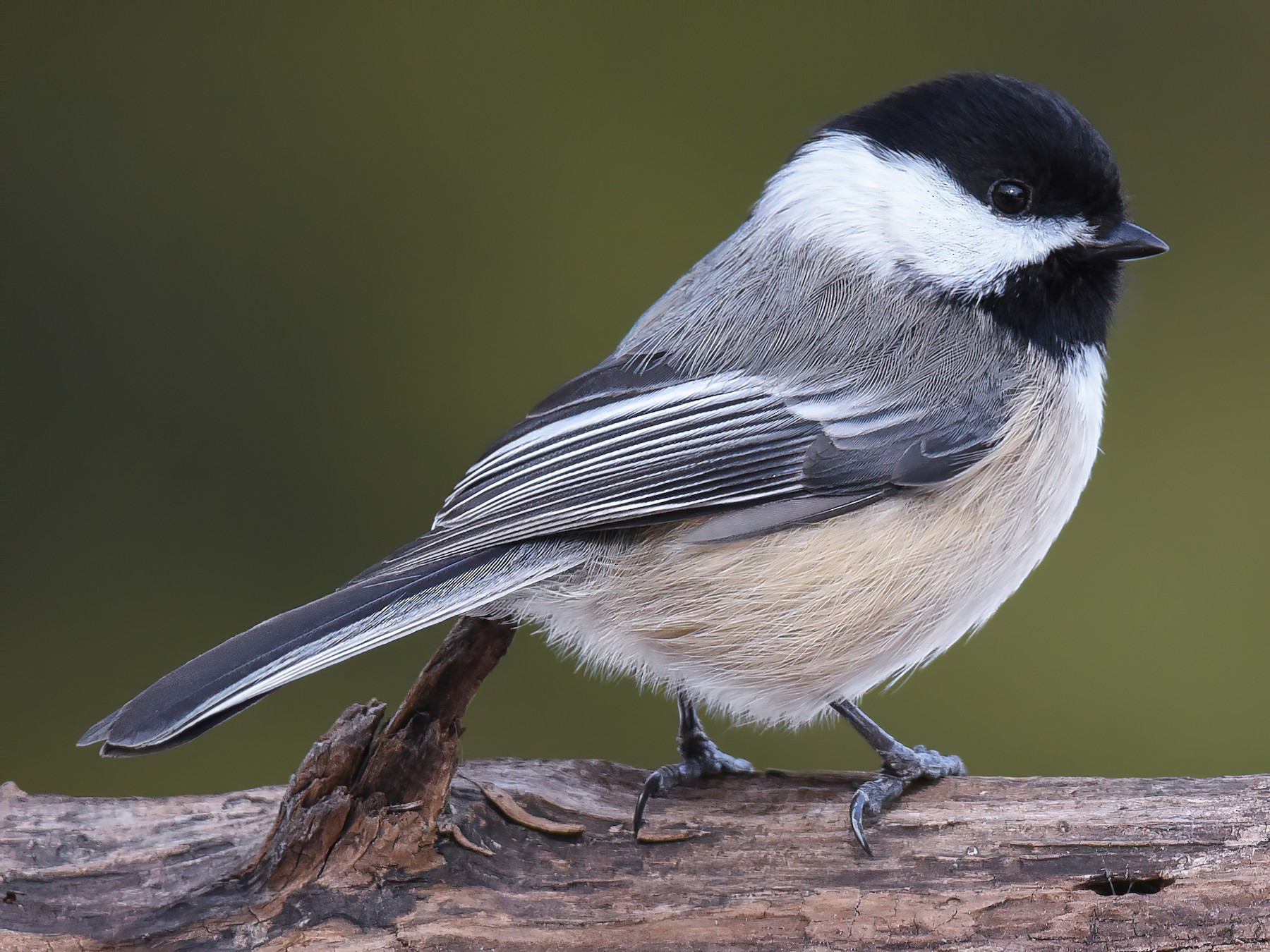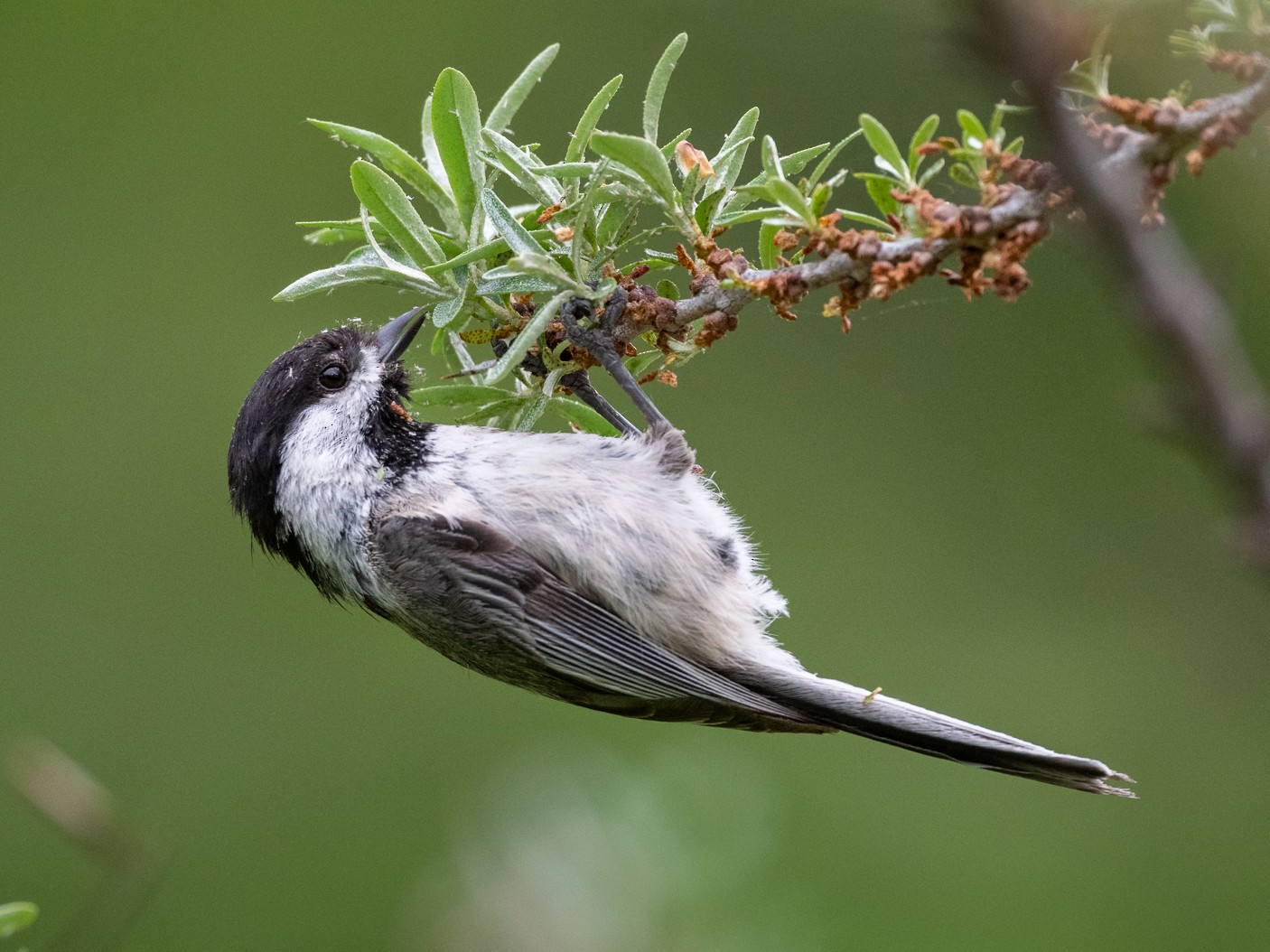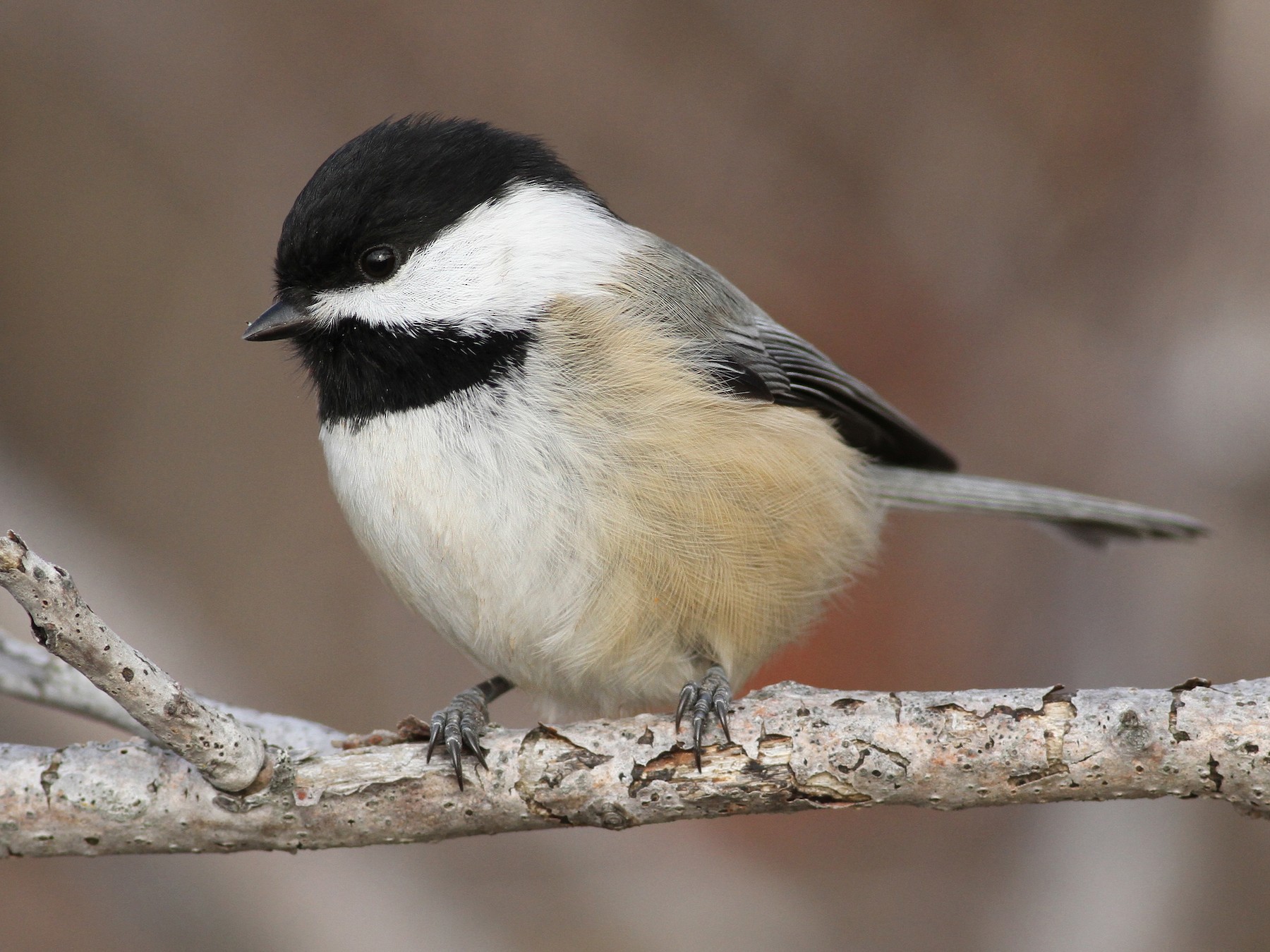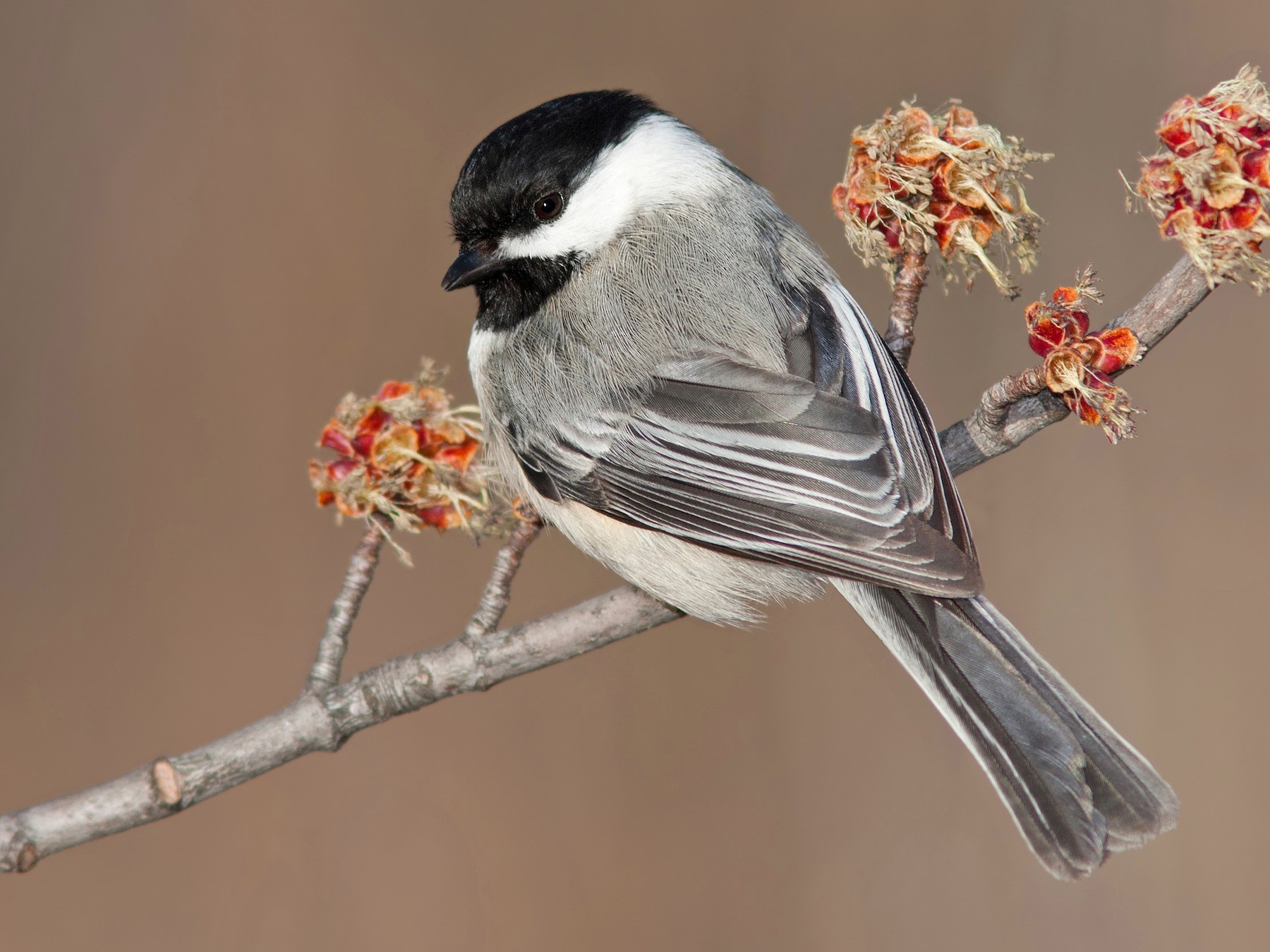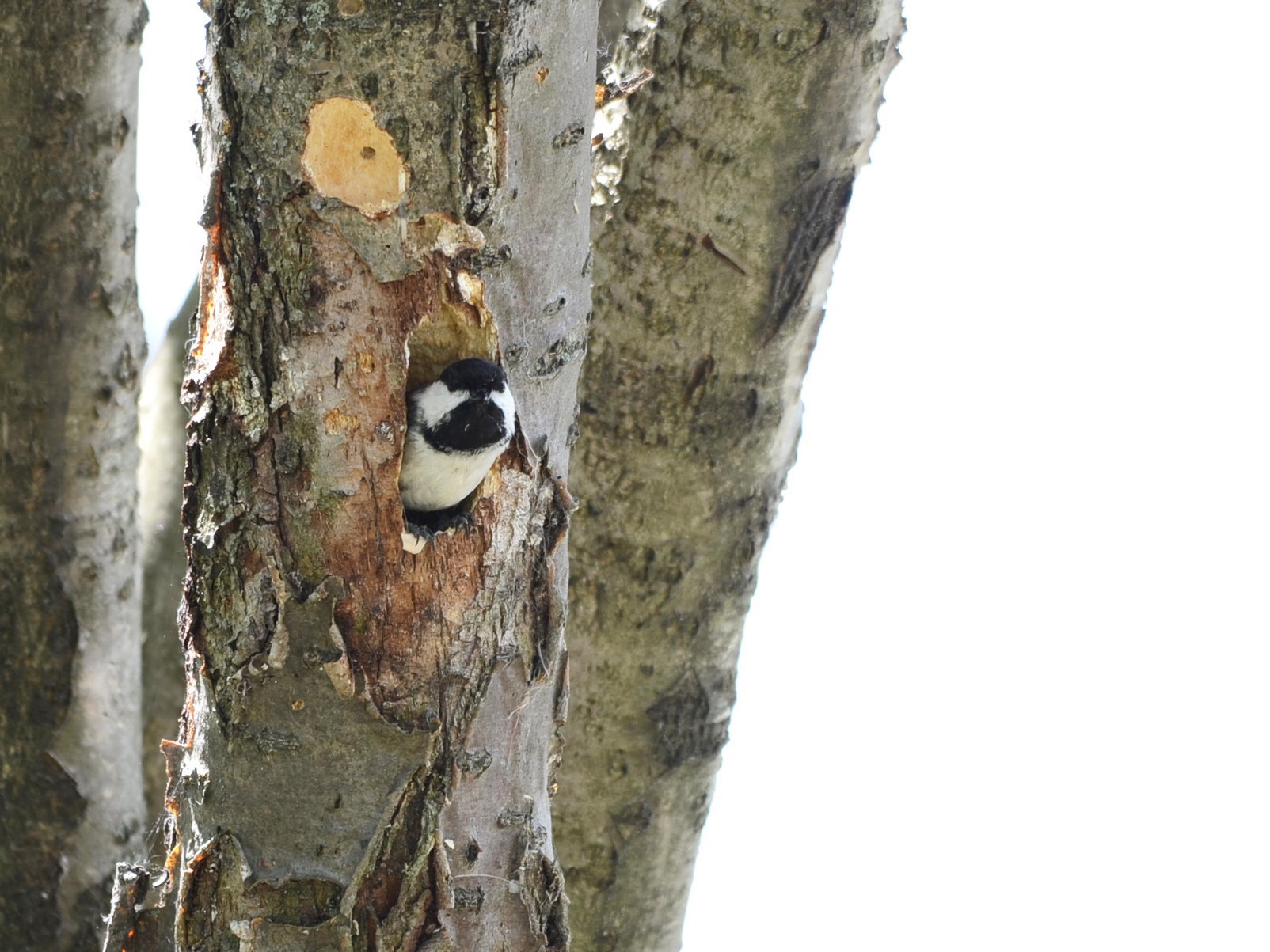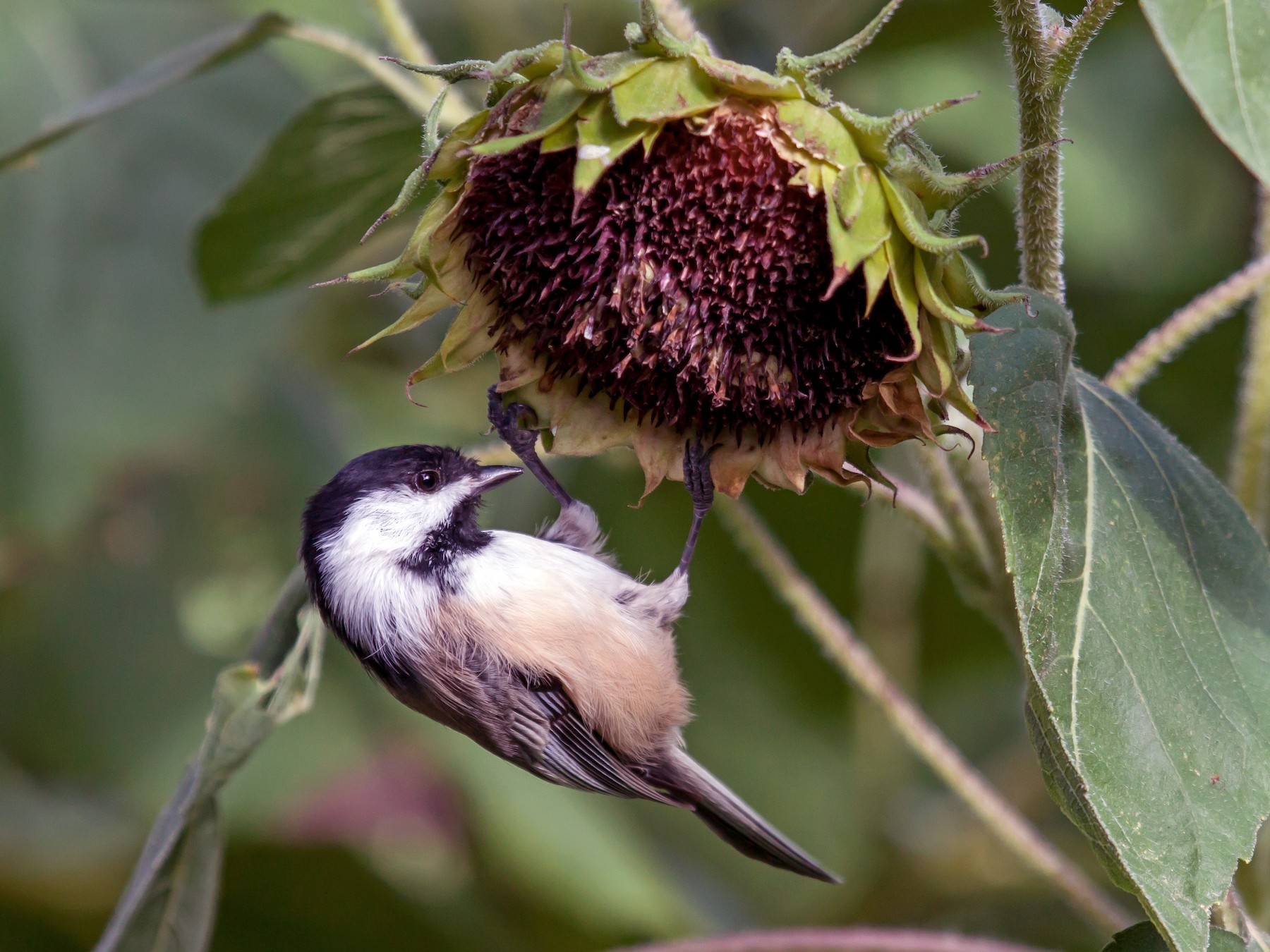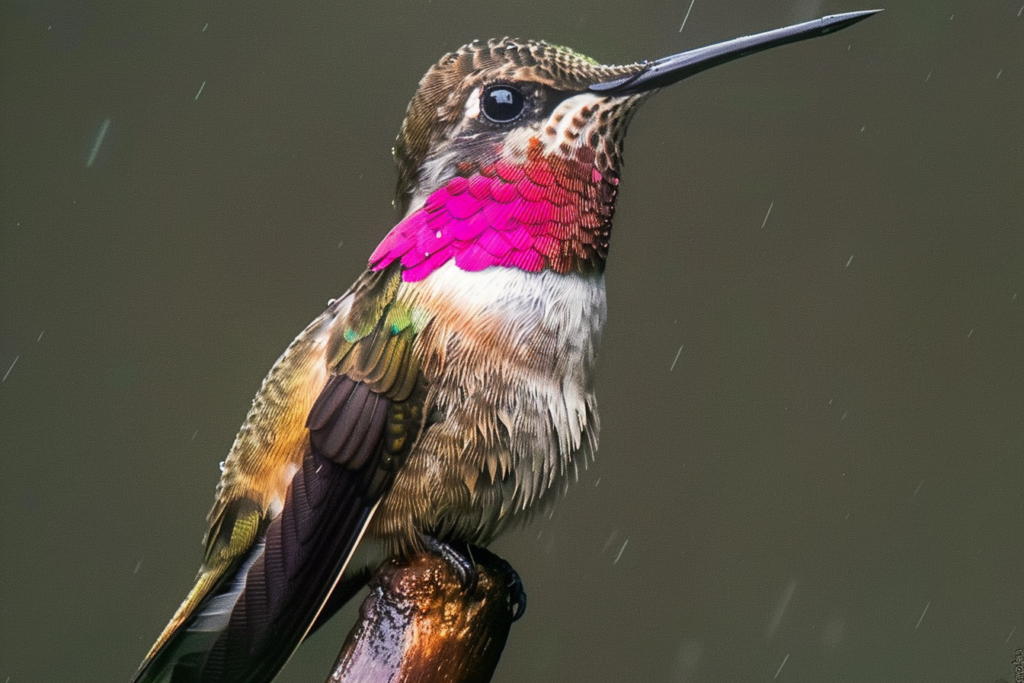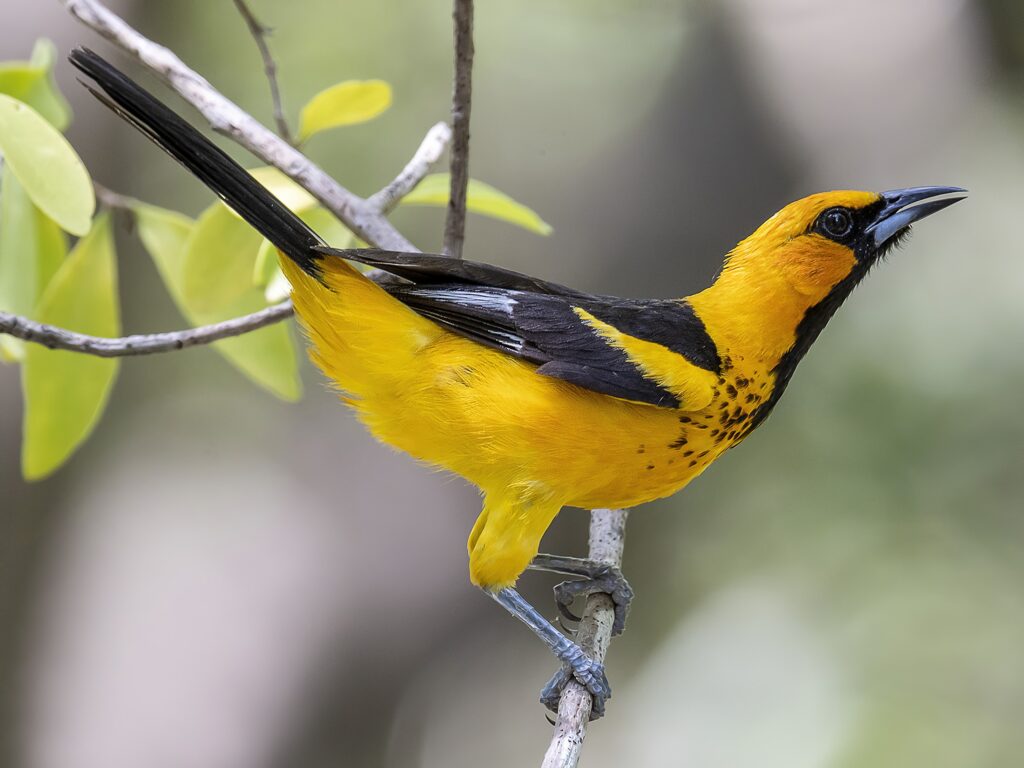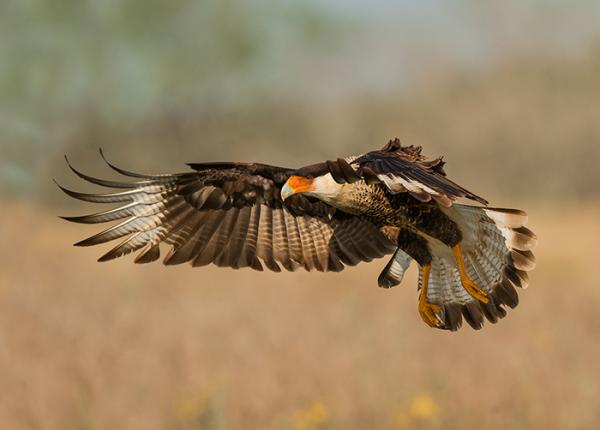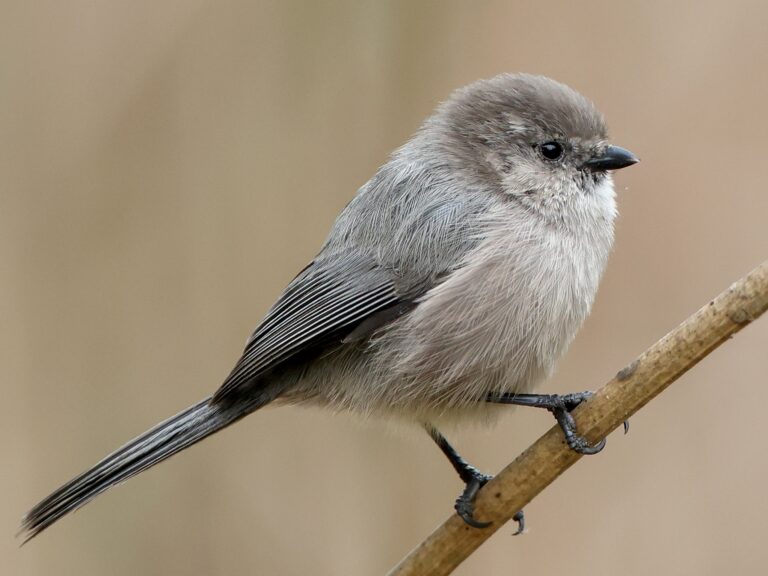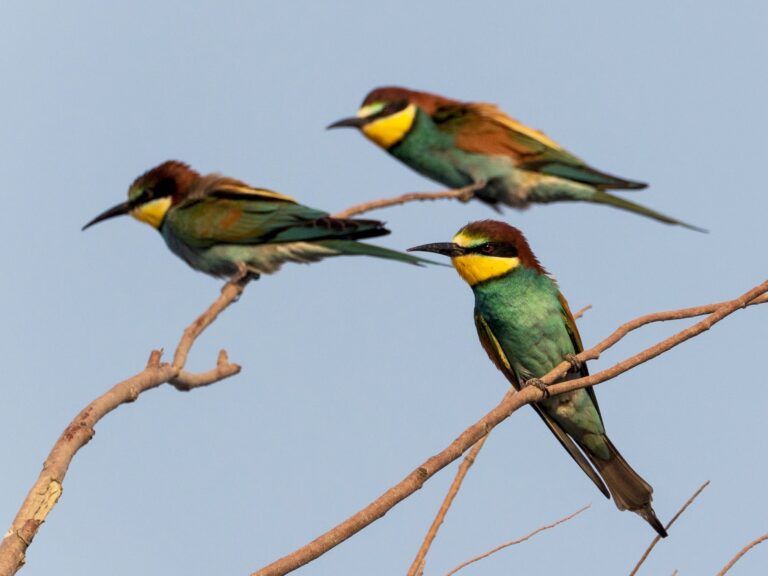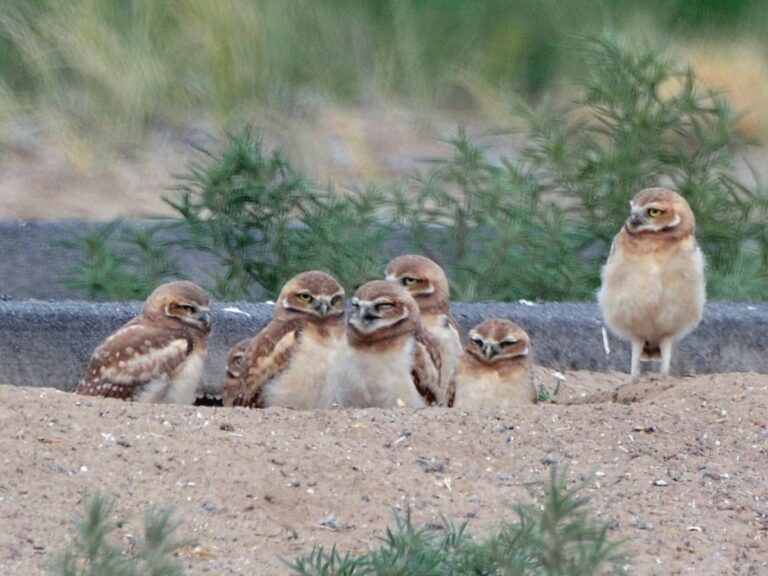Black-capped Chickadee: The Charismatic Bird of North American Forests
The Black-capped Chickadee, or Poecile atricapillus, is a tiny songbird that seems to win over just about anyone who pays attention. With their black cap and bib, soft gray wings, and those white cheeks, you can spot them almost instantly.
They’re friendly and a little bit nosy, which probably explains why so many folks see them at backyard feeders across North America. If you spend any time outside, you’ve probably heard their cheery calls or watched their playful antics.
Black-capped Chickadees pop up in all sorts of places—deep woods, city parks, or even right outside your window. They handle harsh winters like champs and sometimes interbreed with other chickadee species, which is pretty interesting if you ask me.
Key Takeaways
- The Black-capped Chickadee stands out thanks to its black cap and those unmistakable calls.
- They’re tough little birds, thriving in all kinds of places.
- Helping these chickadees out can make your local ecosystem a bit livelier and support conservation.
Sign Up for Our Monthly Newsletter
Every month we send out our newsletter about interesting (and sometimes quirky) things happening in the world of birding. Give it a try!
Taxonomy and Identification
So, the Black-capped Chickadee goes by Poecile atricapillus in the science world. It’s part of the Passeriformes order, which is basically the songbird club.
This section dives into their classification, what they look like, and how to tell them apart from similar birds. Bird ID can get tricky, but a few details make it easier.
Scientific Classification
Chickadees, including the Black-capped, belong to the Paridae family. Here’s their taxonomy breakdown:
- Kingdom: Animalia
- Phylum: Chordata
- Class: Aves
- Order: Passeriformes
- Family: Paridae
- Genus: Poecile
- Species: Poecile atricapillus
This family includes other titmice and chickadees. Out of seven chickadee species in North America, the Black-capped is probably the most famous, especially for its voice.
Physical Characteristics
Black-capped Chickadees are small—think 4.5 to 5.5 inches long. Their most striking features?
- Coloration: Black cap and bib, white cheeks, and a back that looks gray or sometimes a bit brownish.
- Size: They weigh just 0.3 to 0.4 ounces. Super light, super quick.
- Tail: The tail’s long, a little notched, and helps them dart through branches.
They have this clear, chirpy call—“chick-a-dee-dee-dee”—that changes depending on how freaked out they are by predators. It’s almost like a secret code.
Want the best for your backyard friends?
Safflower seed is the best for wild birds because it’s rich in protein and healthy fats, providing excellent nutrition and energy. And, as a bonus, it attracts colorful songbirds like cardinals and chickadees.
Similar Bird Species
Some birds look a lot like the Black-capped Chickadee, so you have to pay attention. Here are a few you might mix up:
- Carolina Chickadee (Poecile carolinensis): Smaller, and its call is just a bit off if you listen closely.
- Mountain Chickadee (Poecile gambeli): Found out west and sports a white eyebrow stripe.
- Boreal Chickadee (Poecile hudsonicus): Skips the black cap and goes for a brownish look instead.
If you watch and listen, you’ll pick up on the differences. It’s actually pretty fun to compare them in the field.
Habitat and Distribution
Black-capped Chickadees make themselves at home in a bunch of habitats, but they really love woodlands and forests. If you want to help them out or just spot more, knowing where they live is half the battle.
They’re surprisingly good at city life, too. Urban settings? Not a problem for these little birds.
Preferred Woodlands and Forests
They’re big fans of mature mixed forests. These places offer food, shelter, and plenty of nesting spots.
Deciduous trees, conifers, and all sorts of shrubs make these forests just right for chickadees. They spend a lot of time hopping from branch to branch, hunting for insects, seeds, and berries.
Forests also give them cover from predators and shield them from nasty weather. It’s a win-win.
Role of Thickets and Shrubs
Thickets and shrubs? Super important for chickadees. They use these dense pockets for nesting and protection.
Chickadees forage for insects and seeds in the lower, tangled parts of the forest. When it’s breeding time, these spots become even more crucial for keeping the young safe.
Urban Environments and Parks
City parks and green spaces have become chickadee hangouts, too. They’ve figured out how to find food and nesting spots even among the hustle and bustle.
Feeders and scattered trees in parks can draw them in. They seem to adapt quickly, which probably explains why you see them just about everywhere.
If you’re curious about their habitat preferences, check out this study on habitat suitability—it’s pretty interesting.
Behavior and Adaptations
Black-capped chickadees have a few tricks up their sleeves when it comes to surviving in all sorts of places. Their feeding habits, social lives, and seasonal changes keep them going strong.
Feeding Habits
These birds are foragers at heart. They eat seeds, insects, and berries, but sunflower seeds seem to be a favorite.
In the fall, chickadees stash food in tree crevices or under bark. This hoarding habit helps them get through winter when pickings are slim.
When spring and summer roll around, they switch things up and eat more insects. That extra protein is key during breeding season.
They don’t always feed in the same spots, either. Chickadees change their foraging techniques based on what’s available, which keeps them flexible.
Social Structure
Chickadees are social, especially outside of breeding season. You’ll often see them in small flocks—maybe 5 to 12 birds hanging out together.
Flocking keeps them safer and helps them find food. They talk to each other using all sorts of calls, including that famous “chick-a-dee-dee-dee” alarm.
There’s a pecking order in these flocks. Dominant birds usually get the first crack at food, and they use both body language and calls to keep things running smoothly.
Seasonal Adaptations
Winter’s tough, but chickadees have it figured out. They adjust their metabolism to hold onto heat and energy, and they bulk up on fat to make it through cold snaps.
Their feathers fluff out more in winter, adding some extra insulation. And when the nights get brutally cold, chickadees can even go into a mini-hibernation called torpor to save energy.
Breeding and Nesting
Breeding and nesting are huge for Black-capped Chickadees. They’re pretty picky about where and how they build their nests, and it makes a big difference for their chicks.
Nesting Sites and Materials
These birds love cavities—old woodpecker holes, nest boxes, tree stumps, or even rotten trees with the right opening.
They gather moss, feathers, and plant fibers to line the nest. Usually, they set up shop 1 to 20 feet off the ground, which helps keep predators at bay.
Egg Laying and Incubation
The female usually lays 4 to 6 eggs per clutch. The eggs are white with reddish-brown speckles, kind of pretty if you look closely.
Incubation takes about 12 or 13 days. While the female sits on the eggs, the male brings her food. It’s a real team effort.
Raising the Young
Chickadee chicks hatch out helpless—no feathers, eyes closed, the whole deal. Both parents pitch in, feeding the babies insects and seeds to help them grow fast.
After about 16 to 20 days, the young fledge and leave the nest. They stick around nearby for a bit, learning to forage and figure out the world. There’s more on their breeding habits at this resource if you’re curious.
Conservation and Human Interaction
Human activity, especially changes to their habitat, can affect Black-capped Chickadees. It’s worth paying attention to how our choices shape their world.
Population Status
Right now, Black-capped Chickadees seem to be holding steady across most of their range. They’re tough and can handle cities and suburbs, but losing woodlands to development does hit them in some areas.
When people plant or restore trees, chickadees often move back in, which is honestly pretty encouraging. Setting up bird-friendly parks and wooded areas really helps them stick around.
Impact of Habitat Changes
Human activities—like logging and urbanization—really shake up black-capped chickadee populations. Deforestation chops away at their habitats, so they end up vying for food and nesting spots.
When forests shrink, chickadees often have a tough time finding enough to eat or a good place to settle. Habitat fragmentation makes things even trickier for them.
They can adapt a bit, sure, but if we keep losing woodlands, I worry they’ll face some big hurdles down the line.
Observing Black-capped Chickadees
If you like birdwatching, spotting black-capped chickadees is honestly a treat. You’ll catch them darting around parks and woods, calling out to each other as they go.
Set up a feeder with seeds, and you might get them to come surprisingly close. Special feeding stations can boost your odds of seeing them up close.
Some local parks even run birdwatching walks—worth trying if you want to learn more. Getting involved in conservation efforts can be a great way to spread the word about why these birds matter, too.
Frequently Asked Questions
Black-capped Chickadees have distinctive songs and quirky traits that make them stand out from similar species. Their food choices, favorite hangouts, and habits are all pretty fascinating if you ask me.
What distinguishes the song of a Black-capped Chickadee from other birds?
Their song stands out—a clear, whistled “fee-bee” or that classic “chick-a-dee-dee-dee” call. The number of “dees” changes depending on how threatened they feel by predators.
These calls help them keep in touch and warn each other about danger. Nature’s little alarm system, really.
How can you differentiate between a Black-capped Chickadee and a Carolina Chickadee?
Black-capped Chickadees wear a bold black cap and bib with white cheeks. Carolinas look a bit different—their cap is smaller and their gray is more even all over.
Even their songs differ; the Carolina’s is usually softer. It takes a little practice, but you start to notice the differences after a while.
What is the typical diet of a Black-capped Chickadee?
They eat insects, seeds, and berries—pretty classic bird fare. Chickadees use their sharp bills to dig food out of tree bark and crevices.
When it gets cold, they stash food away for later. It’s pretty clever, honestly.
What type of habitat do Black-capped Chickadees prefer?
You’ll find them in mixed forests, deciduous woods, and shrubby spots. They don’t mind being near people either—parks and gardens work if there’s food around.
How do Black-capped Chickadees construct their nests?
They build nests in tree cavities or sometimes in nesting boxes people put up. Moss, feathers, and plant fibers go into making a cozy spot for their chicks.
What are some interesting facts about Black-capped Chickadee behavior?
These little birds have such a curious streak—they’ll sometimes hop right up to people, almost as if they’re checking us out. Their spatial memory is really something; chickadees can remember exactly where they stashed food, even weeks later.
They also pick up on the unique calls of other chickadees, which helps them keep their social lives organized. If you want to dig deeper, take a look at this article.
